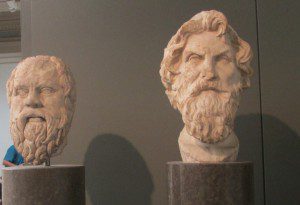From Jessica Lahey:
In an attempt to get at what actually works for boys in education, Dr. Michael Reichert and Dr. Richard Hawley, in partnership with the International Boys’ School Coalition, launched a study called Teaching Boys: A Global Study of Effective Practices, published in 2009. The study looked at boys in the United States, United Kingdom, Canada, Australia, New Zealand, and South Africa, in schools of varying size, both private and public, that enroll a wide range of boys of disparate races and income levels.
The authors asked teachers and students to “narrate clearly and objectively an instructional activity that is especially, perhaps unusually, effective in heightening boys’ learning.” The responses–2,500 in all–revealed eight categories of instruction that succeeded in teaching boys. The most effective lessons included more than one of these elements:
- Lessons that result in an end product–a booklet, a catapult, a poem, or a comic strip, for example.
- Lessons that are structured as competitive games.
- Lessons requiring motor activity.
- Lessons requiring boys to assume responsibility for the learning of others.
- Lessons that require boys to address open questions or unsolved problems.
- Lessons that require a combination of competition and teamwork.
- Lessons that focus on independent, personal discovery and realization.
- Lessons that introduce drama in the form of novelty or surprise.
So what might a great lesson for boys look like? Reaching Boys, Teaching Boys is full of examples, but here’s one I want to try next time I need to help my students review information, particularly a mass of related ideas. Split the class into groups of four and spread them around the room. Each team will need paper and pencils. At the front of the room, place copies of a document including all of the material that has been taught in some sort of graphical form–a spider diagram, for example. Then tell the students that one person from each group may come up to the front of the classroom and look at the document for thirty seconds. When those thirty seconds are up, they return to their group and write down what they remember in an attempt to re-create the original document in its entirety. The students rotate through the process until the group has pieced the original document back together as a team, from memory. These end products may be “graded” by other teams, and as a final exercise, each student can be required to return to his desk and re-create the document on his own.











